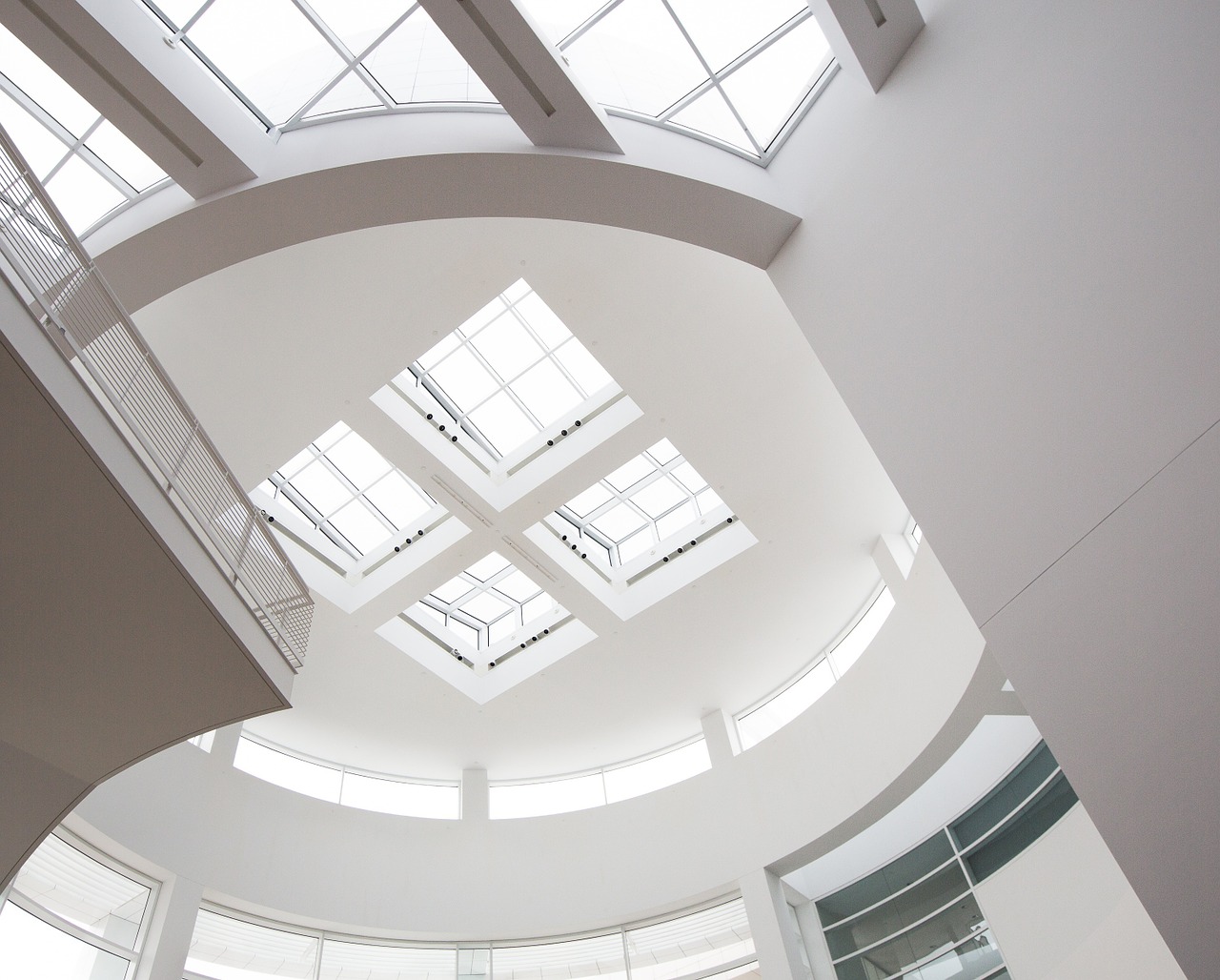Planning software for the creation of models or for cost management are among the most important tools for architects and engineers today. The importance of these programs will continue to rise as part of digitalization. Many offices, however, face the question as to whether they should purchase or rent the license for software. In this article, we will use four different criteria to explain both versions with their respective advantages and disadvantages.
 © iStockphoto LP // triloks; Buy or rent - what are the advantages?
© iStockphoto LP // triloks; Buy or rent - what are the advantages?
Purchased license vs. rented license - what's behind them?
The purchased license is also known under the English term "Perpetual License." By paying a one-time license fee, the buyer usually receives a temporally unlimited right of use to the software. For many years now, many large IT companies and software providers in the AEC industry have been converging to a different model, the so-called "Subscription License." The customer pays a rental fee for a certain period of usage between a month and several years. It's a kind of subscription. The right of ownership remains with the supplier.
Criterion 1: Cost
A subscription license may be of particular interest for smaller planning offices initially, since they receive access to high-quality and modern software. The initial costs are lower than those of a purchased license. Seen in the long term, however, the total costs for the company increase. Usually after three to five years, they exceed the costs of a one-time license. The software for modeling buildings and plants in the construction industry is the most important tool for daily work. It is extremely rare that a program is only used for a month or a year.
Criterion 2: Usage duration
As already explained, a rental license allows for software use for the duration of the subscription. By renting additional licenses, architectural and engineering offices can cushion order peaks, but as soon as the contract expires, the program can no longer be used. The truth is that most construction projects last for very long periods of time. Even after the building is complete, the data normally needs to remain available to the facility management. With a purchased license, this criterion is fully met, because the continuous or temporally unlimited right of use exists here.
Criterion 3: Independence
The license fee to purchase software is much more transparent than with a subscription. Providers of the rental license may change their price policy at any time. The planning office is thus subject to greater dependency and has less cost control. If, however, software is purchased, the company management can decide for themselves if maintenance tasks are to take place or if a switch to the latest version is to take place.
Criterion 4: Maintenance and support
With the purchased license, the customer has the ability to book an additional maintenance contract. In this way, the customer receives support in the event of problems as well as current updates. In a rental license, the support is frequently included and the software is updated regularly. In this way, architectural and engineering offices are always up to date with the latest technology, but training sessions are repeatedly required for employees in order to understand and use the new functions. This can significantly increase the time and costs spent compared to purchasing software.
Numerous advantages speak in favor of purchasing a license
Those who decide to purchase a license for their planning software instead of renting a license have a great deal of independence from the provider. They can decide for themselves how to manage the software, when to perform updates and who receives access to the personal and project-related data. Architects and engineers in particular who work with large amounts of data over long periods of time thus have more control over costs and their manner of operation than with rented software.
In a personal consultation discussion, architects and engineers can explain their wishes and requirements when it comes to planning software and find the solution that is tailored to them. We are happy to help you.





